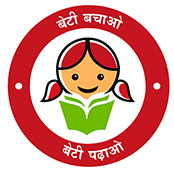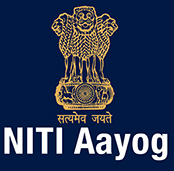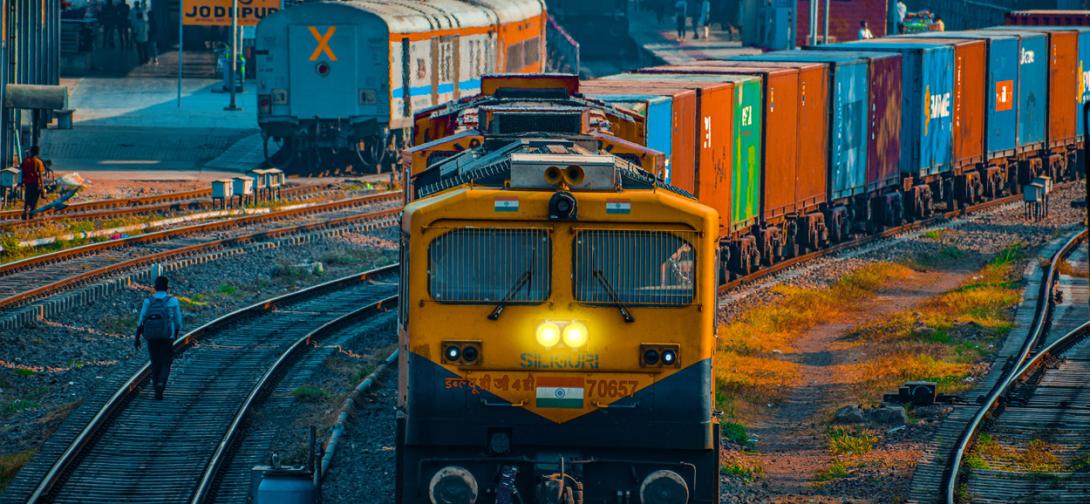Speeding Up with Gati Shakti
Infrastructure has often been the back on which countries have transformed themselves. The New Deal, ushered in by President Roosevelt in USA, lifted the country off its feet after the Great Depression. Japan post World War II, where transit oriented development was crucial. Between 1960-1990, South Korea grew at an average rate of 10% per annum. China between 1980-2010 set a similar pace. The result was a socio-economic transformation within a generation in these countries. A critical enabler in the success of these countries was a multi-modal transport network, that significantly reduced the cost of logistics, boosting export competitiveness. As India seeks to usher in a similar economic transformation, exports will be key. However, our infrastructure has often been cited as a binding constraint in raising the potential growth rate of our country.
Why does infrastructure matter? In economics parlance, multiplier effects accrue to the economy through infrastructure spending. This means that not only does the project contribute immediately through increased demand for labour, construction materials, but also through the second order effects improved connectivity brings. Goods & people will move faster between destinations. The cost of logistics comes down. Studies by the Reserve Bank of India and the National Institute of Public Finance and Policy have estimated the multiplier to be between 2.5-3.5x. This means, for every rupee spent by the government in creating infrastructure, GDP gains worth Rs. 2.5-3.5 accrue. Furthermore, in times of economic contractions, this multiplier is larger than the one during times of economic expansion. This could imply that public investment if timed and targeted right, can actually ‘crowd-in’ private investment, rather than ‘crowd-out’. To realise these benefits, raising our capital expenditure as a % of GDP will be crucial, at both the Central & State level.
At the same time, the infrastructure plan of a country must seamlessly & efficiently move goods & people across various modes of transport. However, this requires a coordinated approach. For instance, roads would feed into railway lines which in turn would feed into ports, efficiently moving goods from the hinterlands to the ports. This would enable the development of multiple urban, industrial centres across India. These urban centres in turn, would enable balanced regional development, as multiple industrial clusters could sprout up across India. Both Central and state government revenues would be bolstered, enabling higher spending on social sectors. This would have the spillover effect of easing pressure on existing urban agglomerations, leading to a higher quality of life across the board.
However, while India has tried to achieve the same, an end-to-end seamless, multi-modal transportation network is some way away. For instance, roads dominate the share of traffic. 64% of the freight in India is moved through roads. As diesel drives road transport, any spike in oil prices raise prices across the board, through higher transport costs and also because fuel is not part of GST, which means input tax credit is not available. Even post GST, FastTag and other initiatives, it is desirable to aspire for a higher share of railway in modal share as it remains a more efficient method. Furthermore, while many economic zones, industrial parks, logistics hubs and ports were planned, they often suffered owing to inefficient multi-modal connectivity, and also due to their small size. The fragmented nature of decision making, with each department working in silos meant that a disjointed industrial network was created. While several pieces of the puzzle were in place, many remained unconnected as well. A lack of scale in manufacturing and an inefficient logistics network hampered our global competitiveness.
However, achieving an efficient, seamless multi-modal transport network is no easy task. It requires independent government departments to work in close coordination and collaboration, guided by an overarching master plan. The Prime Minister during his Independence Day speech of 2021 had emphasised that the National Master Plan, GatiShakti would help realize the dreams of crores of our countrymen. The GatiShakti programme marks a paradigm shift in decision making to break the silos of departmentalism. In the proposed Plan, all the existing and proposed economic zones have been mapped along with the multimodal connectivity infrastructure in a single platform. Individual projects of different line Ministries would be examined and sanctioned in future within the parameters of the overall Plan, leading to synchronisation of efforts. GatiShakti will bring synergy to create a world class, seamless multi-modal transport network in India. The National Master Plan will employ modern technology and the latest IT tools for coordinated planning of infrastructure. A GIS-based Enterprise Resource Planning system with 200+ layers for evidence-based decision-making is one example. The use of satellite imagery for monitoring is another. Digitisation will play a big role in ensuring timely clearances and flagging potential issues, and in project monitoring as well.
An efficient logistics network is one necessary condition. Another one is achieving economies of scale in manufacturing. Industrial parks and logistics parks need to grow in size to be globally competitive. The National Industrial Corridor Development Corporation (NICDC), formerly DMIDC will work in close coordination with state governments to develop these industrial corridors. State governments must take the lead in identifying parcels of land for industrialisation in consonance with the national plan to reap the maximum benefits of jobs and growth.
At the same time we must ensure these initiatives towards dedicated industrial corridors keep in mind the current realities. Climate change is upon is and all projects must incorporate adaptation and mitigation strategies. Indian Railways has made substantial commitments in greening railways, by committing towards becoming a net-zero carbon emitter before 2030. Railway electrification has been given a big thrust and has grown by 10x since 2014. The targets set for electrification must be regularly monitored.
Much has been achieved in ensuring India can transform into a manufacturing powerhouse. A continuous easing of the business environment, coupled with economic reforms will boost formality & productivity. Cleaning up of bank balance sheets will raise availability of credit. Availability of large tracts of land, can help achieve scale in manufacturing. Public investments in infrastructure will reduce the cost of logistics, through creating a seamless multi-modal infrastructure network. However, this would require synchronisation across various government levels and departments to execute. This is what the GatiShakti plan aims to achieve - synchronous decision making to create a world-class, seamless multi-modal transport network, on the back of which India will be transformed.
***
* The author is Chief Executive Officer, NITI Aayog. Views are personal.
 National Portal Of India
National Portal Of India 


